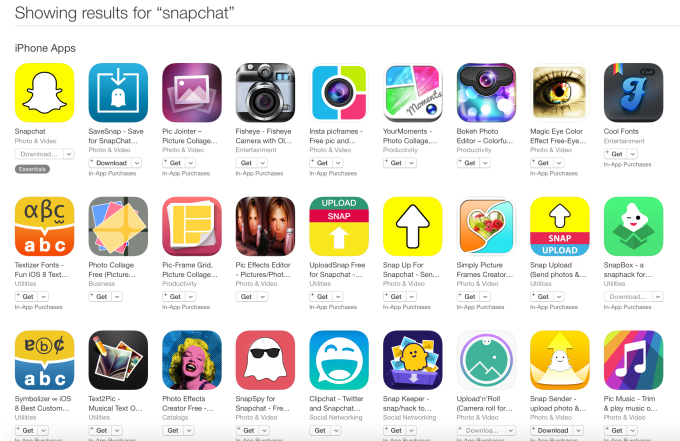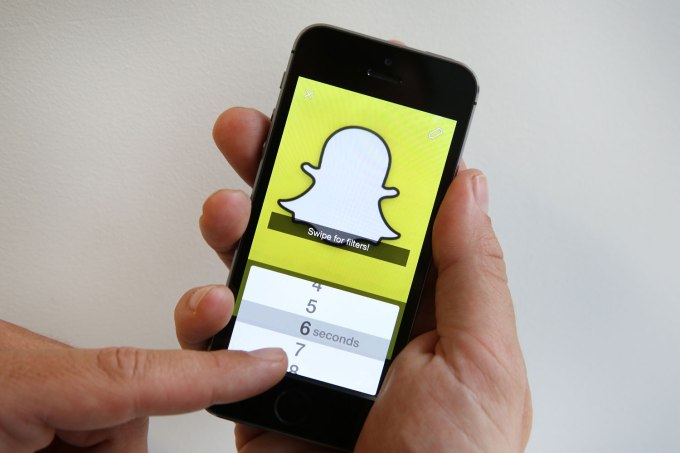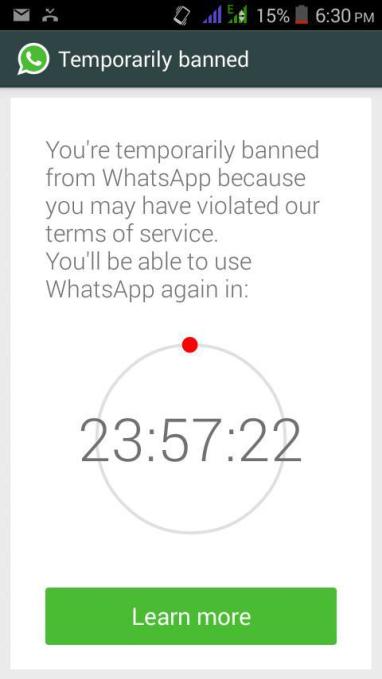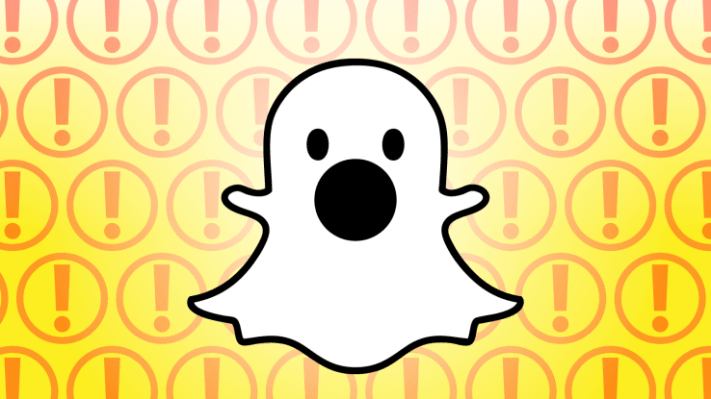Outside of a mobile application’s official product, there tends to exist a broader ecosystem catering the wants and unmet desires of its user community. For Instagram, there are apps to boost your followers; Tinder users could once peer into who likes them and undo their accidental swipes; and dozens Snapchat apps bloomed, allowing users to automatically save incoming photos or share items pre-recorded items from their phone’s Camera Roll.
But in the latter case, at least, those apps will be no more.
While many today are still available for download in Google and Apple’s mobile app stores, the company confirmed this week what many users have been realizing for months now – these apps will no longer work, and they’ll soon be forced to shut down entirely.
Given Snapchat’s popularity, it’s not surprising that massive numbers of third-party applications have been created, including apps like SaveSnap, Snap Sender, UploadSnap, Snap Keeper, SnapBox, Snap Save, Upload’n’Roll, Snap Up, Save for Snapchat, Snap-Hack, Snap Upload, SnapPad, Snap Up, SnapSend, the infamous Snapsaved, and many more. What is surprising, perhaps, is how long they were allowed to operate.

Snapchat never provided developers with official access to its APIs, but as the large number of third-party applications makes clear, reverse engineering access to the APIs was not too difficult. If anything, the company seemed to have been shrugging its shoulders at the existence of its growing third-party ecosystem, instead focusing on the development of its bottom-line impacting initiatives, like the launch of new features including Snapchat Stories, Our Story and Discover, for example.
But last fall, Snapchat was finally forced to pay attention to the problem as it realized the negative ramifications that came from allowing unauthorized apps to thrive. In October 2014, insecurities in a third-party app were found to be the cause for the large-scale Snapchat hack that was dubbed “The Snappening.” The hack exposed some 200,000 Snapchat photos from a service’s whose main draw to date had been its ephemeral, and therefore more private, nature.
The “Snappening” ended up having little impact on Snapchat’s growth or usage, but it certainly gave the company a black eye in the media spotlight, and it’s impossible to track how many potential new users may have shied away in light of the news.

At the time, Snapchat did little in way of apologizing to its users, essentially pointing the finger at the third-parties, instead of acknowledging how easy it made it for those apps to exist in the first place.
Now the company is doing something about it.
In an interview this week, Snapchat confirmed what many app users could already tell you: the third-party ecosystem is being shut down.
The change is a result of the company’s months-long efforts to make its APIs tougher for developers to access – something that users have begun to notice, according to App Store reviews. Especially on paid apps, you’ll find users posting complaints of error messages and other bugs, and begging for developers to fix the problems. But this time around, those developers may not be able to get their apps working again.

Snapchat explained how its initial efforts to block these apps had affected users, noting that first the user would be warned, and then, if they continued to use the app, Snapchat would lock the account.
However, the company says that the warning messages should no longer be necessary as it believes it has fortified its API to the point of being able to lock out these third-party apps for good. What’s more, Snapchat says it’s also been working with Google and Apple to try to get the apps removed from their respective app stores, citing Terms of Service violations.
Today, in fact, there are very few third-party Snapchat apps at all on Google Play, and none which claim to help you save photos or upload images from your photo gallery. Meanwhile, the iTunes App Store is still fairly full of these apps, but most no longer work we’ve found, and app store reviews confirm.
Some users feel ripped off having once paid for apps that are now broken. Their only recourse, in most cases, is going through the cumbersome refund process at the respective app stores. After all, many of the developers don’t publish contact information or support addresses on the App Store. They simply rode the wave, took users’ money, then disappeared.
Changing API Access After The Fact Is A Common Practice
 Snapchat is not alone in making a delayed decision with how to approach its third-party developer community. Twitter, for instance, had a long history of retroactively revoking developer access to its various functions over the years, putting app makers out of business in the process.
Snapchat is not alone in making a delayed decision with how to approach its third-party developer community. Twitter, for instance, had a long history of retroactively revoking developer access to its various functions over the years, putting app makers out of business in the process.
LinkedIn, too, has been pulling back more on which developers will be able to use its API and how. And recently, Facebook-owned WhatsApp has been running its own crackdown on third-party apps, which confused some who thought they were being banned from WhatsApp itself thanks to unclear reports about the problem.
While the decision to shutter the broader app community could leave users frustrated, fast-growing Snapchat is likely not too concerned with their complaints.
You may think that kicking users out from apps they grew to love and then began to think of as part of their “default” experience would see those people hesitant to return the officially sanctioned app going forward. But doesn’t seem to be the usual turn of events following these kinds decisions, history has shown.
